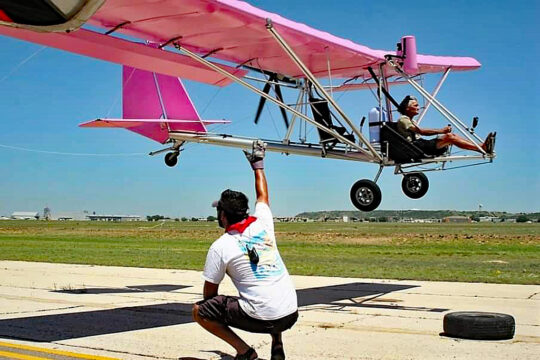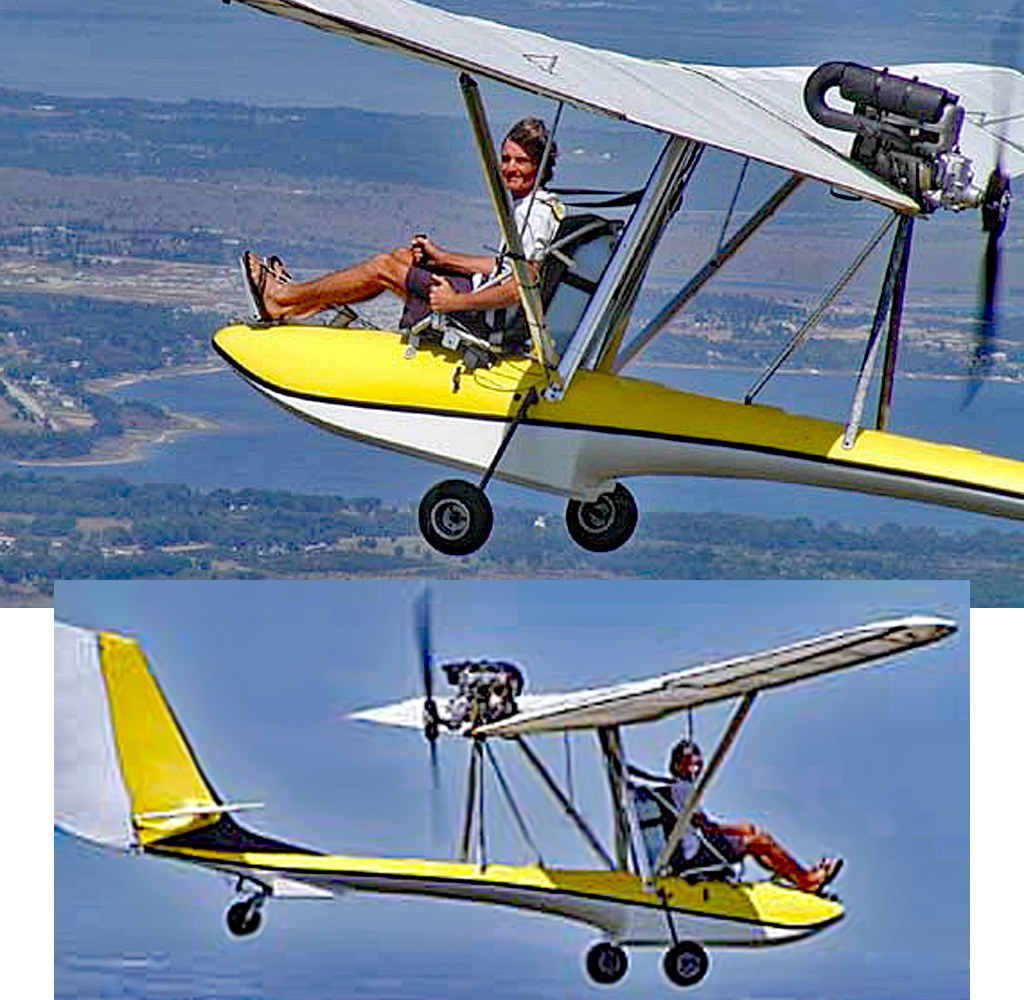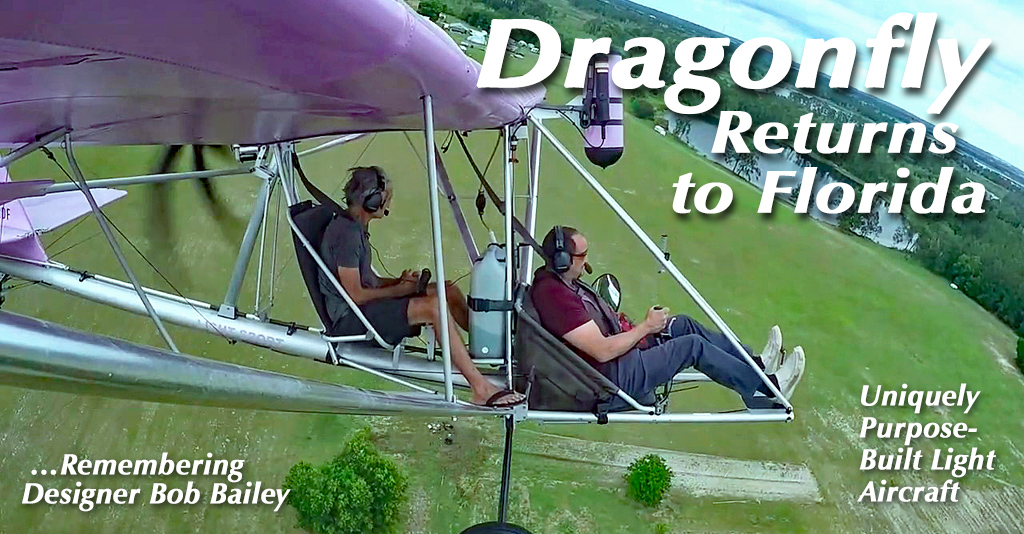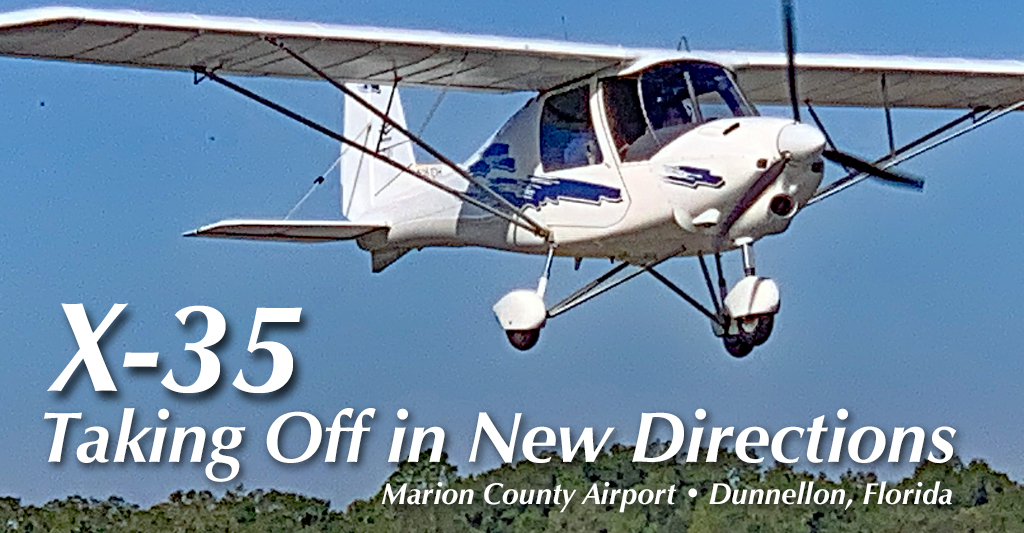
If I’ve heard one lament repeatedly over a long career, it is that current pilots don’t see enough new pilots coming into aviation. Are you one who worries a little or a lot about that? If not, you are a rare pilot. Is it any wonder, though? The price of aircraft is way, way up. This applies to used aircraft and new — just like it does with your groceries or gasoline. The cost of maintenance is high and rising. Insurance is very expensive (for airplanes as well as cars or houses). Hangars are unavailable with years-long waiting lists at many airports. More than ever it can seem, aviation is an activity for those with fairly thick wallets. The squeeze on modest budgets has rarely been this demanding. Yeah, all that, but this website nonetheless discovers the affordable end of aviation. In that pursuit, I was drawn to an airport with an encouraging twist on the affordability squeeze play.


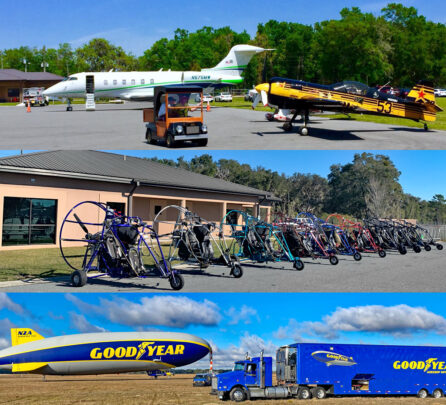
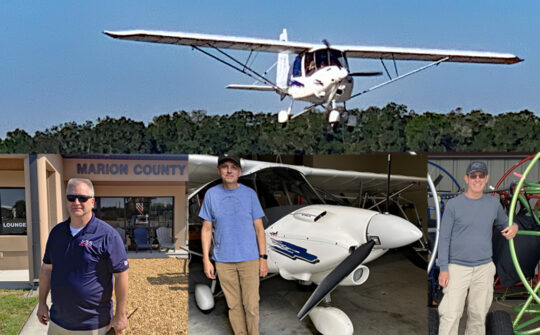
 Dunnellon is in Marion County, not Ocala but the close proximity helps both. Under airport manager (and pilot) Mike Grawe's leadership through the last six years, X35 has become a thriving facility with energetic new businesses sprouting up.
What may be most important is the presence of new, younger businessmen entering affordable aviation. People like me with decades of experience fill a useful role but we're like disappearing airline captains. We'll be moving on and entry-level aviation needs fresh blood. X35 put out the welcome mat… and it's working.
Dunnellon is in Marion County, not Ocala but the close proximity helps both. Under airport manager (and pilot) Mike Grawe's leadership through the last six years, X35 has become a thriving facility with energetic new businesses sprouting up.
What may be most important is the presence of new, younger businessmen entering affordable aviation. People like me with decades of experience fill a useful role but we're like disappearing airline captains. We'll be moving on and entry-level aviation needs fresh blood. X35 put out the welcome mat… and it's working.

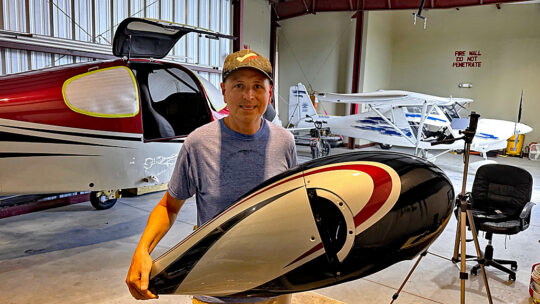


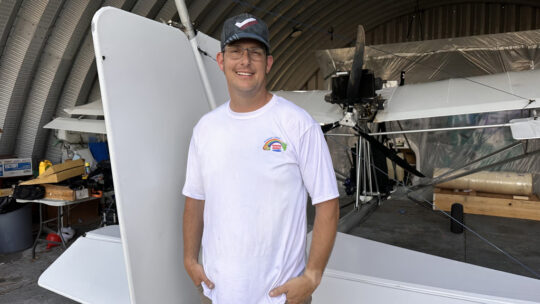 Randy has taken over an existing operation, is preserving the originator's names
Randy has taken over an existing operation, is preserving the originator's names 
 These two new businesses join the veterans at X35 adding to the success Mike Grawe has been building.
Central-northwestern Florida and its fancy equestrian ranches exist alongside a vibrant
These two new businesses join the veterans at X35 adding to the success Mike Grawe has been building.
Central-northwestern Florida and its fancy equestrian ranches exist alongside a vibrant 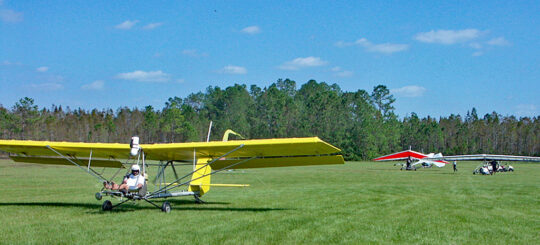 Throughout the '70s, hang glider designs accelerated smartly in glide performance and sink rate, stretching from slope-hugging 4:1 triangular-shaped wings to elegantly long and slender "bladewings" that could exceed a 20:1 glide yet remain foot-launchable and still be an aircraft you could carry on your shoulder (when folded down). Passionate enthusiasts thrilled to a 5X performance improvement in a decade or so.
Throughout the '70s, hang glider designs accelerated smartly in glide performance and sink rate, stretching from slope-hugging 4:1 triangular-shaped wings to elegantly long and slender "bladewings" that could exceed a 20:1 glide yet remain foot-launchable and still be an aircraft you could carry on your shoulder (when folded down). Passionate enthusiasts thrilled to a 5X performance improvement in a decade or so.
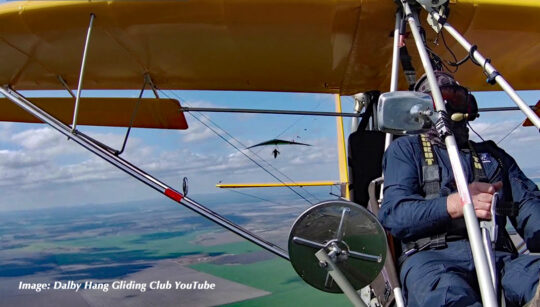 In the beginning, most pilots launched off mountains to get enough height to catch thermals. Yet lots of America doesn't have mountainous terrain. Florida had plenty of pilots eager to fly hang gliders but to find the best soaring, they had to load up their gliders and drive 10-12 hours to the hills of Tennessee where flight park operators like me catered to them with mountain launch sites. At home they did boat towing regularly but that rarely got them high enough to catch thermals. One Florida man dreamed of a solution.
In the beginning, most pilots launched off mountains to get enough height to catch thermals. Yet lots of America doesn't have mountainous terrain. Florida had plenty of pilots eager to fly hang gliders but to find the best soaring, they had to load up their gliders and drive 10-12 hours to the hills of Tennessee where flight park operators like me catered to them with mountain launch sites. At home they did boat towing regularly but that rarely got them high enough to catch thermals. One Florida man dreamed of a solution.
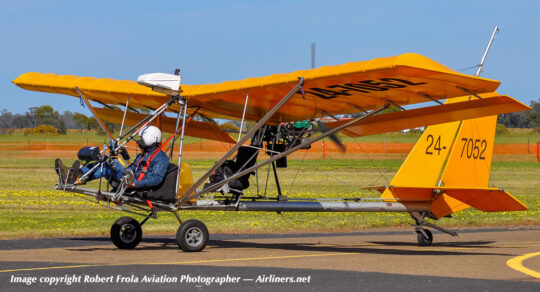
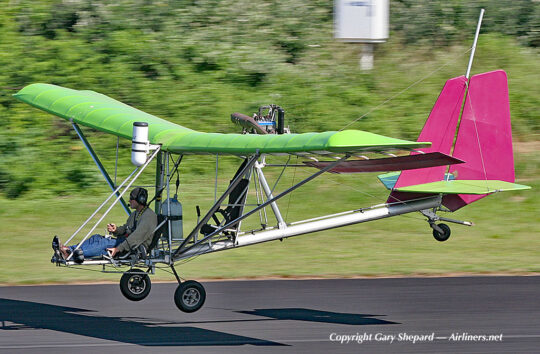
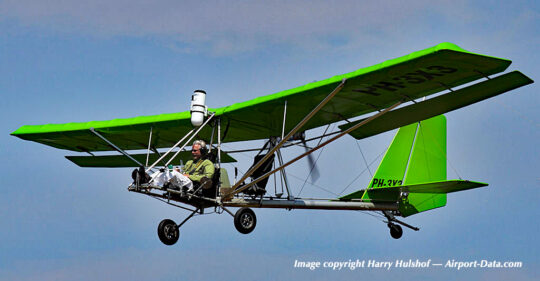
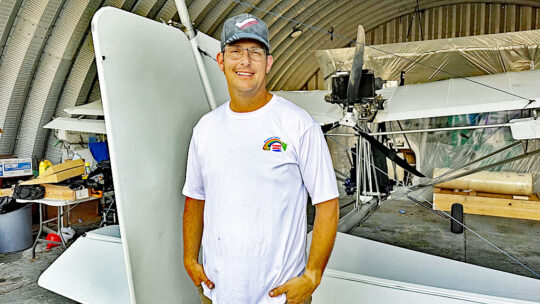 This central-northwestern area is home to fancy equestrian ranches and the spacious airport has begun to thrive from light aircraft operations. Airport manager Mike Grawe supported by industry expert Roy Beisswenger and airfield entrepreneur Troy Townsend welcomed Randy Dorsey along with another business setting up to build the former Belite Chipper 2, the latter operated by husband-and-wife team Nick and Charlotte Jones. Along with two powered parachute operations and 40 brand-new T-hangars (sorry, already fully booked), X35 looks alive and thriving.
Learn more about plans for Dragonfly back home in Florida in the video below. You can also read several articles below from my earlier reporting.
This central-northwestern area is home to fancy equestrian ranches and the spacious airport has begun to thrive from light aircraft operations. Airport manager Mike Grawe supported by industry expert Roy Beisswenger and airfield entrepreneur Troy Townsend welcomed Randy Dorsey along with another business setting up to build the former Belite Chipper 2, the latter operated by husband-and-wife team Nick and Charlotte Jones. Along with two powered parachute operations and 40 brand-new T-hangars (sorry, already fully booked), X35 looks alive and thriving.
Learn more about plans for Dragonfly back home in Florida in the video below. You can also read several articles below from my earlier reporting.
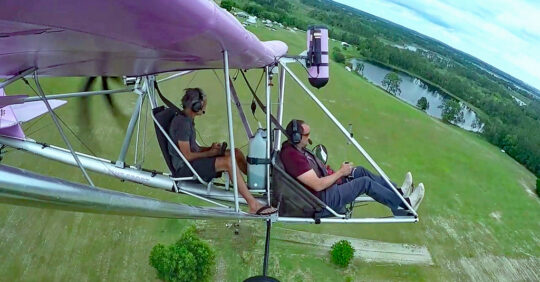 Is It Affordable?
Is It Affordable? Recorded in late April 2024, this Dragonfly update has the latest information about the ongoing manufacture of this popular aircraft.
https://youtu.be/Xio65Ma7dNo
Recorded in late April 2024, this Dragonfly update has the latest information about the ongoing manufacture of this popular aircraft.
https://youtu.be/Xio65Ma7dNo
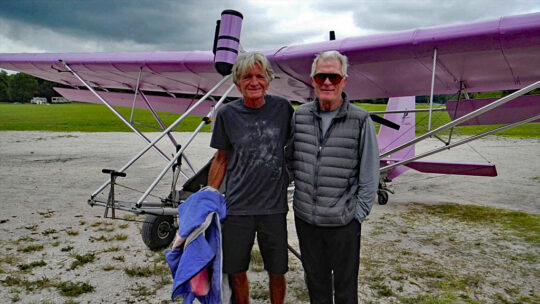 A man of highly innovative design but very few words, many knew Bobby for years yet learned little about him. He was rarely one to talk about himself in public settings. I always figured that much of the time he was designing the next aircraft in his mind.
A celebration of his life is planned for Sunday, May 26th, 2024 at 6548 Groveland Airport Rd, Groveland, FL 34736 — the airport Bobby called home for decades.
Florida and southeastern U.S. pilots who knew him can gather to share personal details and tell tall stories of Bobby's numerous flying exploits.
A man of highly innovative design but very few words, many knew Bobby for years yet learned little about him. He was rarely one to talk about himself in public settings. I always figured that much of the time he was designing the next aircraft in his mind.
A celebration of his life is planned for Sunday, May 26th, 2024 at 6548 Groveland Airport Rd, Groveland, FL 34736 — the airport Bobby called home for decades.
Florida and southeastern U.S. pilots who knew him can gather to share personal details and tell tall stories of Bobby's numerous flying exploits. 